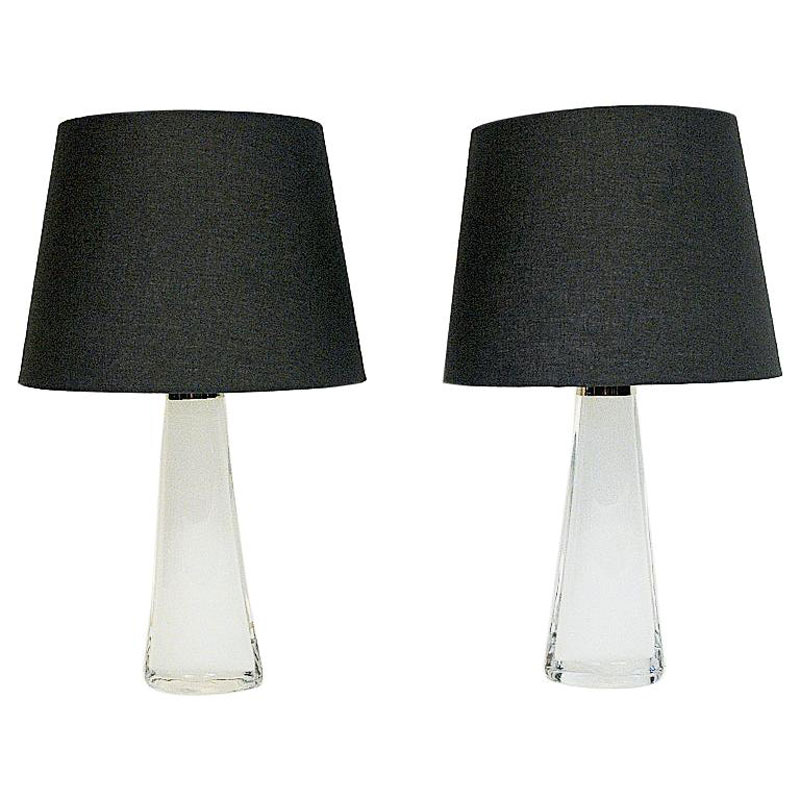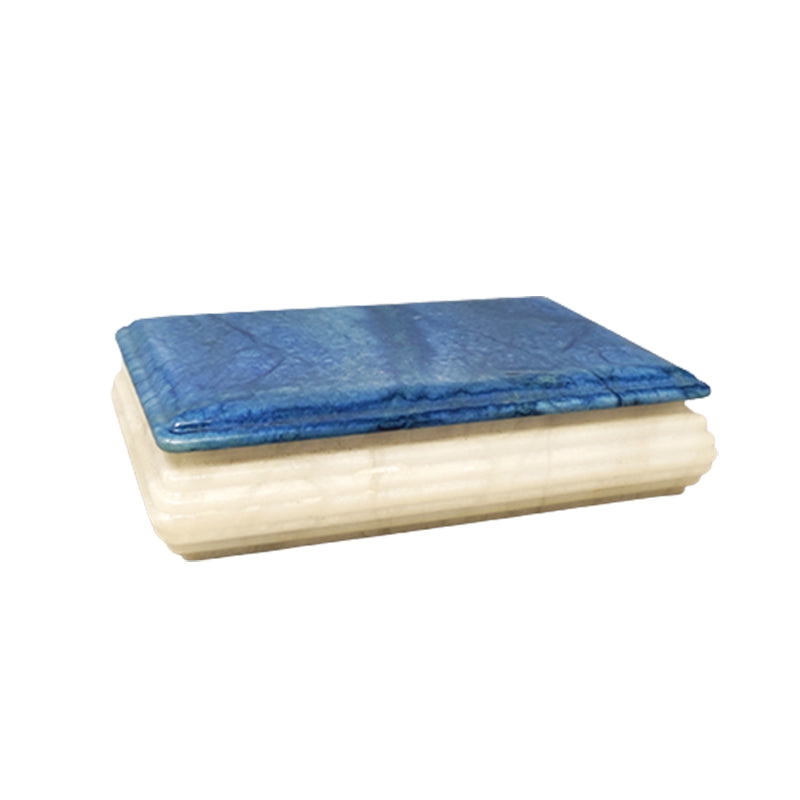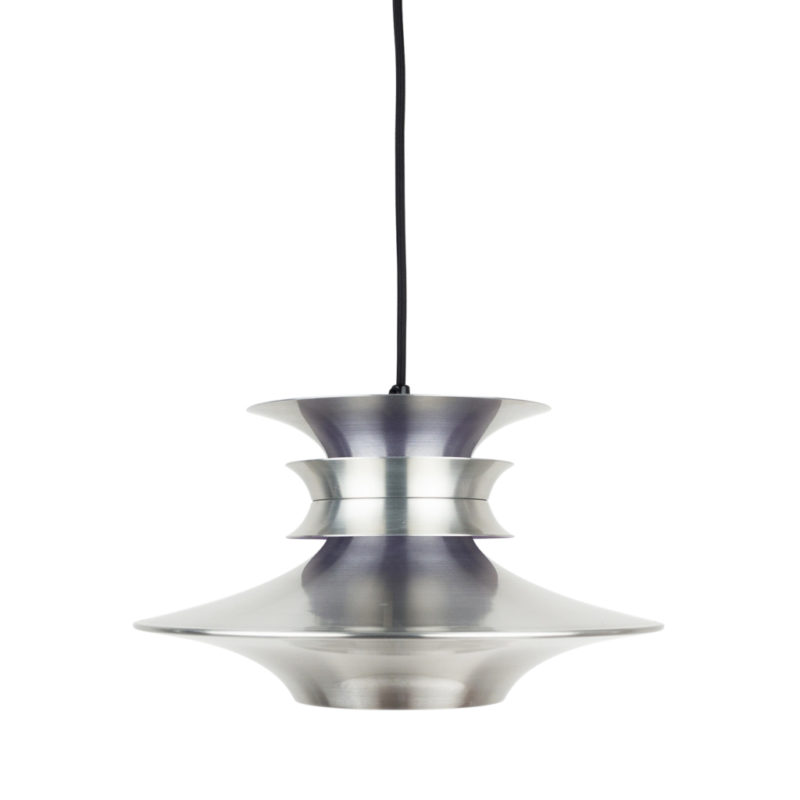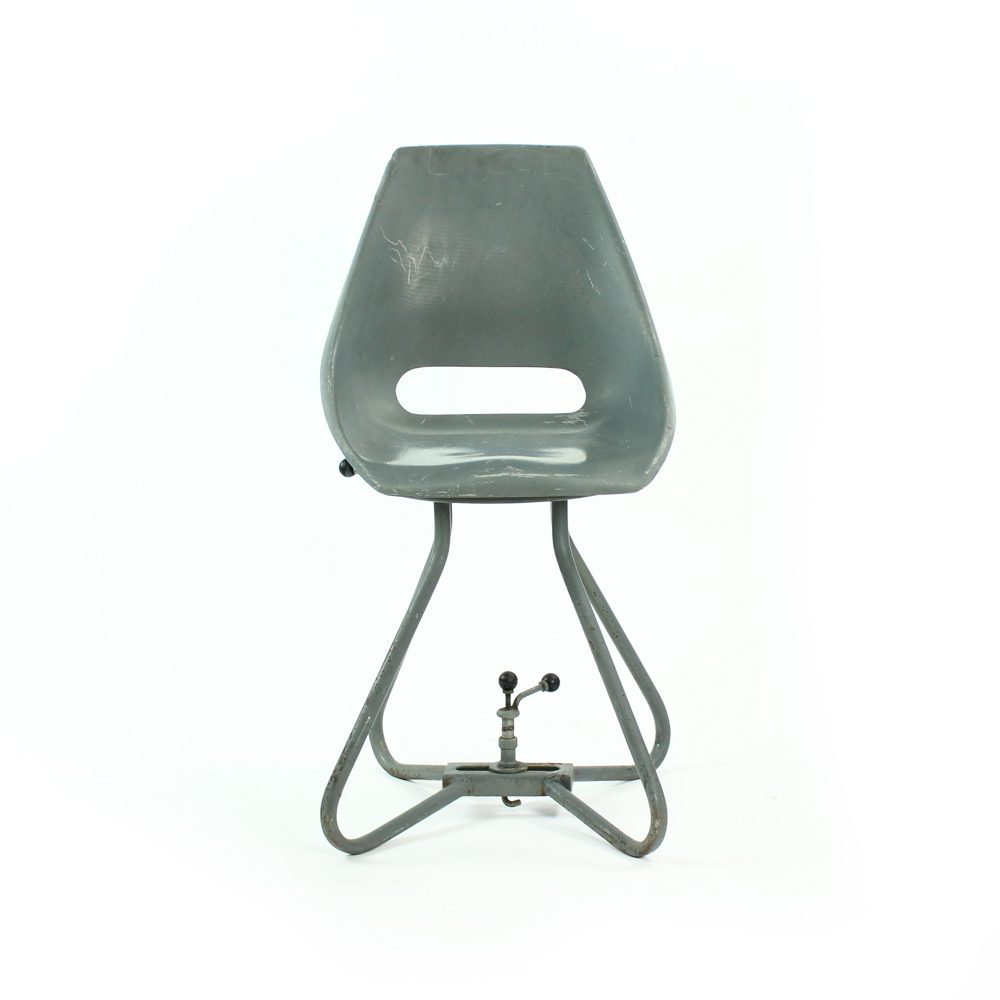About Me
Regenerative Thermal Oxidizers (RTO's) are used to control many various varieties of airpollution chemicals that are emitted by a broad range of industrial processes. Regenerative thermal Oxidizer engineering has been widely accepted and RTO technology has been powerful with most installations, operating troublefree for extended spans. In certain instances, however, surgery was problematic.
RTO Understanding
Regenerative thermal oxidation technology is just a procedure of catching and keeping the temperature required to purify the plant atmosphere contamination. The pollutant is injected to a heating recovery room which features ceramic press, by Injecting the process stream through the inlet heat retrieval chamber, the effluent flow is pre heated to a temperature near or at the combustion chamber temperature. In low-voc software an gas burner maintains the temperature to somewhere around 1,450 degrees Fahrenheit for whole oxidation.
Up on departing the combustion room, the waste flow enters the socket heat retrieval chamber. The garbage flow passes via the socket heat transfer ceramic media mattress, in which in fact the heat energy from the inlet heating retrieval and also the combustion chamber is transferred into the porcelain heating exchange media. Lastly, the washed procedure stream leaves the RTO system through socket valves into the exhaust stack.
This process reversal permits the RTO to regain upto 95 percentage of their BTU value generated from the combustion room which greatly reduces the additional gas costs. A correctly designed and engineered RTO device may operate continuously without downtime or significant maintenance.
Method Stream
A priceless tool would be to understand the need for the process stream that defines the rto oxidizer functioning. Most of the process streams have any particulate issue at an emissions flow. The amount may be insignificant like in neighboring atmosphere, but it is consistently current.
Even the VOC immersion in the procedure flow may differ, however process upset conditions as a result of excess VOC, can be adjusted due to allowing mandatory operating versatility at the design of their RTO platform such as for example the extra dilution atmosphere, hot air shut-off methods and proper LEL tracking.
Particulates in your process stream are just another matter. Particles from the gas flow would be the largest menace to successful RTO performance as it can lead to mattress preventing or media degradation and accounts for a huge quantity of RTO fires. Among all the plant processes, starch centers, water treatment centers, making, biomass sprays and coffee roasters are especially vulnerable to these problems because of many ways their procedures could generate oils.
Way to Obtain Particles and Results to this RTO Program
Coarse particles are contaminants over five microns. Their root is totally mechanical out of such activities as tumbling or analog actions. Characteristically particles of this source impact or plug-in the cold face surface of their ceramic press bed. If left untreated, this also can develop into a fire security threat.
Nice particles have a diameter much less than one micron. Which can be entirely caused by the thermal processes. Particles are shaped when the process stream vapor cools and subsequently invisibly. The particle might be solid or liquid from nature depending on its substance attributes; some examples are oils and resins, while some others who are created thermally are metal oxides.
Okay particles are based on the utilization of natural material and also the cooling inside the ceramic bed before the exhaust manifolds gets the capability to plug the porcelain press. Particles from the process stream which are deemed acceptable and are considered reactive also trigger ceramic press plugging. In addition they tend to react with the heat exchange websites. Cases of chemically active delicate particles are the oxides of potassium and sodium. These respond using the porcelain media at elevated temperatures and also cause the media to become fragile without bed and breaking plugging.
If you need any help, please contact us at – info@designaddict.com









